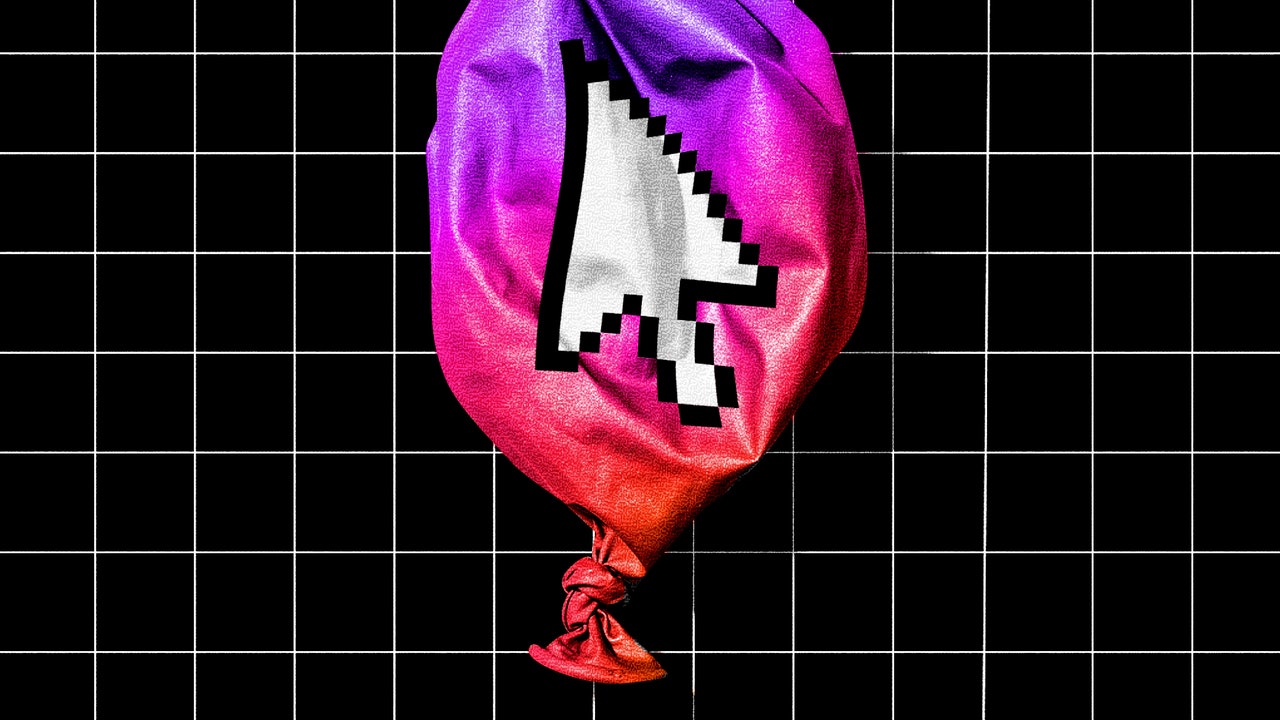

I want to play either Skyrim or Breath of the Wild for the first time again, knowing nothing about what’s out there to be discovered or the limits of the sandbox. Those games cast a special spell in their first few dozen hours before you know where the boundaries of the world are.













I think about this all the time, I really could see myself getting into computer education ten years down the line.
What I would do is this:
There’s probably more I could come up with if I sat down to really plan out a week by week lesson plan, but this is off the cuff where I’d put the focus. So many of these topics have Connections-style related points. “Why is my computer at home different from a Raspberry Pi?” gives you a great opportunity to expand on CPU architecture, which leads to how computers actually “think”. I remember when I was a child one of the things that I was most confused by was how a computer was able to turn Python into something it actually understands, that can be a fascinating lesson in the right hands. How does a computer know where to look on the disc when it boots up? It’s great!
Kids already know how to use phones and tablets. Take concepts from those, concepts they are already familiar with, and then explain the deeper process behind it. Computers are engineered by people, you can understand them, it’s not magic.